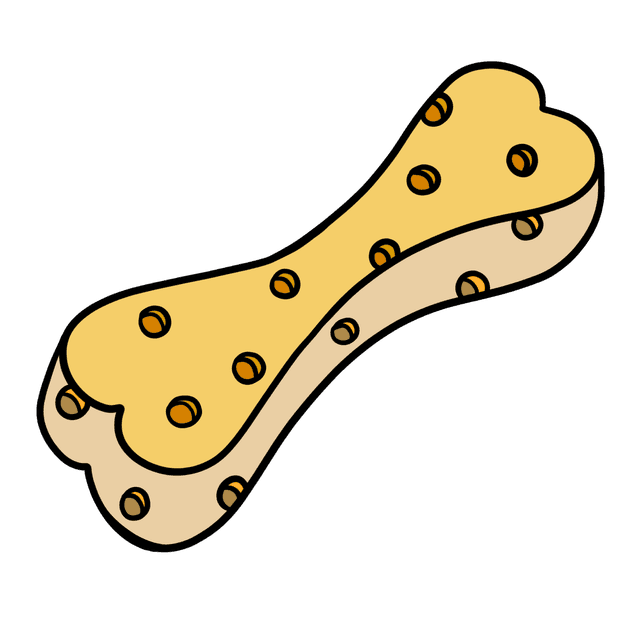Sections
Latest
Learn how to refer to yourself, to others and to things in German without using nouns.





So far on this language learning course, we have made our way past some important German Grammar stepping stones.
We have covered German nouns, German verbs, and German declension.
This means, we are now able to build a simple sentence with a subject, an action and an object, in the nominative & accusative cases:

In this lesson, let's learn how to use pronouns in our sentences, in the nominative and accusative cases:

There are several types of pronouns, but in this lesson we will focus on three:
Let's start off with personal pronouns (in the nominative & accusative cases).
Take a look at this grammar table for personal pronouns in the nominative case:
| Pronoun | Translation |
|---|---|
| ich | I |
| du | you (informal) |
| er / sie / es | he / she / it |
| wir | we |
| ihr | you (plural) |
| sie | them |
| Sie | you (formal) |
In German, there is a formal and informal way to address someone. You may
speak casually to a friend, using the pronoun du, and formally with your
boss, using the pronoun Sie.
Using the table above to help you, replace each noun with it's corresponding personal pronoun, in each example sentence.
Remember: All nouns have a gender. This is important to keep in mind, in order to use the correct pronoun. "das Herz" is neutral, so we use the pronoun "es", but the noun "die Blume" is feminine, and so we must use the pronoun "sie".
Now, let's take a look at the same grammar table for personal pronouns, but with the addition of the accusative case:
| Pronoun (Nom) | Pronoun (Acc) | Translation (Nom) | Translation (Acc) |
|---|---|---|---|
| ich | mich | I | me |
| du | dich | you | you |
| (er / sie / es) | ihn / sie / es | (he / she / it) | (him / her / it) |
| wir | uns | we | us |
| ihr | euch | you (plural) | you (plural) |
| sie | sie | them | them |
| Sie | sie | you (formal) | you (formal) |
Remember: The cases tell us what role a noun plays in a sentence. The nominative case is used to describe the subject (performs action). The accusative case is used to describe the direct object (receives action).
With the table above in mind, guess which personal pronoun could replace the noun in the accusative case, in these example sentences.
Well done! 🎉
We have covered personal pronouns. Now let's tackle the possessive pronouns (in the nominative & accusative cases).
Here is a grammar table for the possessive pronouns in the nominative case:
| Masculine | Feminine | Neuter | Plural | Translation |
|---|---|---|---|---|
| mein | meine | mein | meine | my |
| dein | deine | dein | deine | your (informal) |
| sein / ihr / sein | seine / ihre / seine | sein / ihr / sein | seine / ihre / seine | his / her / their |
| unser | unsere | unser | unsere | our |
| euer | eure | euer | eure | your |
| ihr | ihre | ihr | ihre | their |
| Ihr | Ihre | Ihr | Ihre | your (formal) |
Using the table above to help you, guess the correct English translations for the example sentences:

Now, let's take a look at the same grammar table for possessive pronouns, with the addition of the accusative case:
| Masculine (Nom) | Masculine (Acc) | Feminine | Neuter | Plural | Translation |
|---|---|---|---|---|---|
| mein | meinen | meine | mein | meine | my |
| dein | deinen | deine | dein | deine | your (informal) |
| sein / ihr / sein | seinen, ihren, seinen, | seine / ihre / seine | sein / ihr / sein | seine / ihre / seine | his / her / their |
| unser | unseren | unsere | unser | unsere | our |
| euer | euren | eure | euer | eure | your |
| ihr | ihren | ihre | ihr | ihre | their |
| Ihr | Ihren | Ihre | Ihr | Ihre | your (formal) |
Note that only the masculine possessive pronouns change in the accusative case (by adding an -en to the end of the word).
With the table above in mind, guess which possessive pronoun could replace the noun in the accusative case, in these example sentences:
Good job! 🎉
Lastly, let's take a look at demonstrative pronouns (in the nominative & accusative cases).
Here is a grammar table for the demonstrative pronouns in the nominative case:
| Masculine | Feminine | Neuter | Plural | Translation |
|---|---|---|---|---|
| dieser | diese | dieses | diese | this / these |
Demonstrative pronouns are used to describe something or someone specific. For example: 'this dog is my pet', or, 'dieser Hund ist mein Haustier'.
Have a look at the sentences below. Using the table above to help you, write the correct demonstrative pronoun in each input.
Pay special attention to the gender of the nouns, and whether they are singular or plural.
Now let's take a look at the same grammar table for demonstrative pronouns, but with the addition of the accusative case:
| Case | Masculine | Feminine | Neuter | Plural | Translation |
|---|---|---|---|---|---|
| nominative | dieser | diese | dieses | diese | this / these |
| accusative | diesen | diese | dieses | diese | this / these |
Once again, only the masculine demonstrative pronoun changes in the accusative case (by swapping the -r with an -n at the end of the word).
With the table above in mind, guess which demonstrative pronoun could replace the noun in the accusative case, in these example sentences.
Amazing 🎉!
We have now covered:
... in both the nominative and accusative cases.
Let's practice all of what you have learned this lesson, with a final exercise:
Read the sentence and guess the correct pronoun needed to complete it. Use the tables in this article to help you!
Well done! 🎉
You're ready to move on to the next lesson: German Numbers.